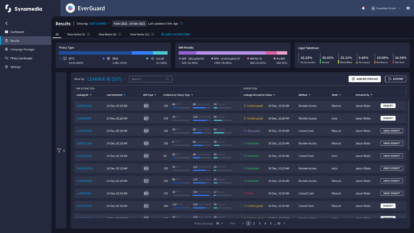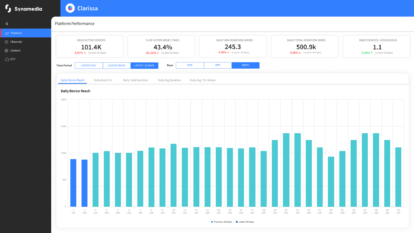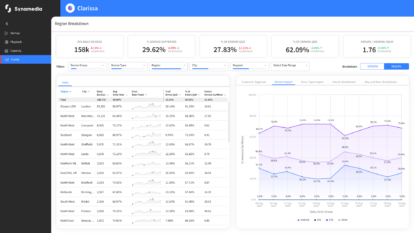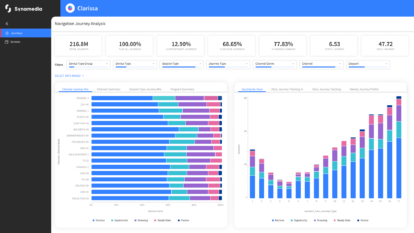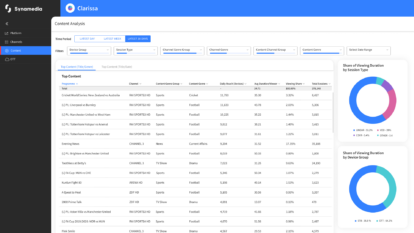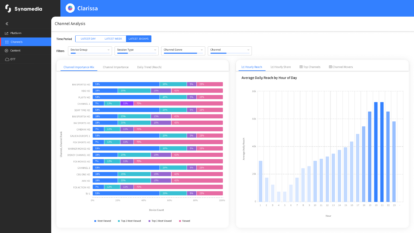Following hot on the heels of our first report, “Charting Global Piracy” that was published last summer we once again commissioned data and analytics firm Ampere Analysis to dig into the wealth of data that they collected and examine the best options to combat live sports piracy in the IP world.
The result is our new report — the second in a series of four– ‘Tackling Sports Piracy in an IP World’ For the record, this online quantitative study was based on 6,000 sports fans aged 18-64, and carried out in March 2020, before the Covid-19 pandemic stopped play. Consumers were pre-filtered and selected based on their experience of watching sport on TV. The study was run in ten markets: Brazil, Egypt, Germany, India, Italy, Jordan, Malaysia, Saudi Arabia, UK and USA.
Illegal Sports Streaming Reach
Before we discuss our new report, a quick recap on the first report.’ The research established that 84% of those surveyed are watching sport illegally. Not only that, but nearly one third of the most engaged pirate consumers are paying for a pirate service.
What’s more, it found that 89% also have a legitimate TV service and that almost half subscribe to a legitimate Sports OTT service. This debunked the pre-conception that most pirate consumers sit outside of the Sports Media value chain: yes, they steal content, but they will also pay for it. After establishing three main segments behind the motivation for piracy—Casual Spectators, Loyal Stalwarts & Fickle Superfans—the report concluded that most pirate consumers are not ‘don’t pay, won’t pay’ criminals. On the contrary, the vast majority are in fact prepared to pay for media and sports media.
And so, having established the motivation of the Pirate consumers in the first report our latest report, sets out to answer two important questions:
- What would motivate pirate consumers to change their ways and become legitimate legal consumers?
- Do anti-piracy actions change the pirate consumers’ view of their illegal sports streaming?
From our research, it became clear that 75% of pirate consumers admitted that what they do is wrong. It’s not an issue of educating the pirate consumers. The vast majority know it is wrong.
Most importantly, however, nearly all fans (84%) fear disruption of their illegal service. And so, if pirate streams became so unreliable that consumers no longer trust them, they would be less likely to turn to illegal providers.
Four Deterrents to Illegal Sport Streaming
There is clear evidence that the ‘deterrents’ are a powerful weapon in preventing illegal sports streaming. In fact, for 65% of those surveyed, the top four issues that would dissuade them from using pay and free pirate services were as follows:
- Service being taken down
- Poor quality video
- Lags in the stream
- Signal dropping.
The only issue that ranked higher than service quality was a fear of being arrested which was shared by 66% of those surveyed.
At Synamedia, our mission is to stop commercial piracy. On top of traditional and commonly deployed anti-piracy technologies and operations, we add strategic focus and significant investment in our new unrivalled Proactive Defense service, targeted at commercially driven, illicit Open (Web Browser) and Closed (IPTV) Network services – both of which compete against legitimate broadcasters.
Based on our all-encompassing and unrivalled Intelligence gathering on the pirate’s entire IT infrastructures, Proactive Defense employs a series of legal and technical disruption measures that remove / disrupt streams access and quality on a large scale making the pirate content unwatchable. The evidence of this research shows that if anti-piracy services can effectively disrupt the pirate networks in the manner of Proactive Defense, it will motivate illegal consumers to move to legitimate services.
The research also found a close correlation between users of pirate services and abuse of OTT service credentials.
Sports Piracy and Password Sharing
More than one-in-five of all sports fans say they share passwords with people outside their household, rising to one-in-three Internet Buccaneers.
There is a strong correlation between consumers indulging in password sharing and those who regularly access illicit sports streams.
65% of those who lend otherwise-legitimate credentials to others also access pirate sites at least weekly.
20% of sports fans who never access other forms of illegal content still engage in account sharing.
Paid illegal content consumption is far higher among VPN users. 61% of VPN users pay for illegal sports streaming. The rate is much lower in homes not using VPNs.
Those consumers who share credentials are significantly less concerned by the legal consequences of using pirate streams than other sports fans.
There’s no evidence to suggest that reducing credential sharing or VPN use would reduce other forms of illegal content consumption, but it does lead to a direct loss of revenue for platform operators, increased platform operating costs from serving the ‘freeloaders’ of fraudulent users and it creates an easy entry point to other forms of illegal viewing.
Technical Solutions to Sports Piracy
Technology such as Synamedia’s CSFEye (Credential Sharing & Fraud Insight) detects and disrupts illegal content consumed via credential abuse. But it is also a tool for encouraging illegal users to pay for legitimate services. It also protects the legitimate consumers of OTT services from data breaches, credential stuffing attacks and phishing attacks. CSFEye will detect data breaches or compromised credentials almost immediately.
For service providers that are worried about providing OTT or TV Anywhere access to live sport – the lack of which our survey identified as a key reason for piracy consumption – for fear of widespread credential sharing abuse, our CSFEye service is the perfect antidote.
With a granular understanding of sports fans’ attitudes and behaviour, broadcasters and platform owners can identify opportunities to convert illegal viewing into incremental revenue. This can be done with data, commercial models, marketing, education and, of course the right anti-piracy and revenue protection services.
Of course, this blog just touches the tip of the iceberg. If as either a sports rights owner or buyer, you want to gain some innovative, yet practical, techniques for confronting illegal sports content consumption as well as regaining revenue lost to sports piracy, register for our webinar that Ampere will be hosting on November 10th 2020 at 3pm (GMT). I’ll be joined by the report’s co-author Robert Ambrose, as well as Christian Schwarz, Service Platforms Security Director at BT, for an enlightening discussion around the report’s findings and recommendations.
Download our new report on ‘Tackling Sports Piracy in an IP World’.
Register for the webinar discussion that will delve deeper into the report.
About the Author
Simon Brydon has worked as a senior executive in the sports industry for 20 years both as a broadcaster and managing and selling media rights, most recently at Pitch International LLP.
From 2008 to 2014, Simon ran the media and digital business of Racing UK where he was responsible for managing and distributing the media rights for the UK’s top 34 racecourses.
In 2003 he created Cycling Television, the live OTT sports TV channel broadcasting the best professional cycling globally. With over 220 days of racing, Cycling TV was a pioneering business and became a world leader in this emerging sector. In 2007 Simon sold the business to a Canadian media company.

